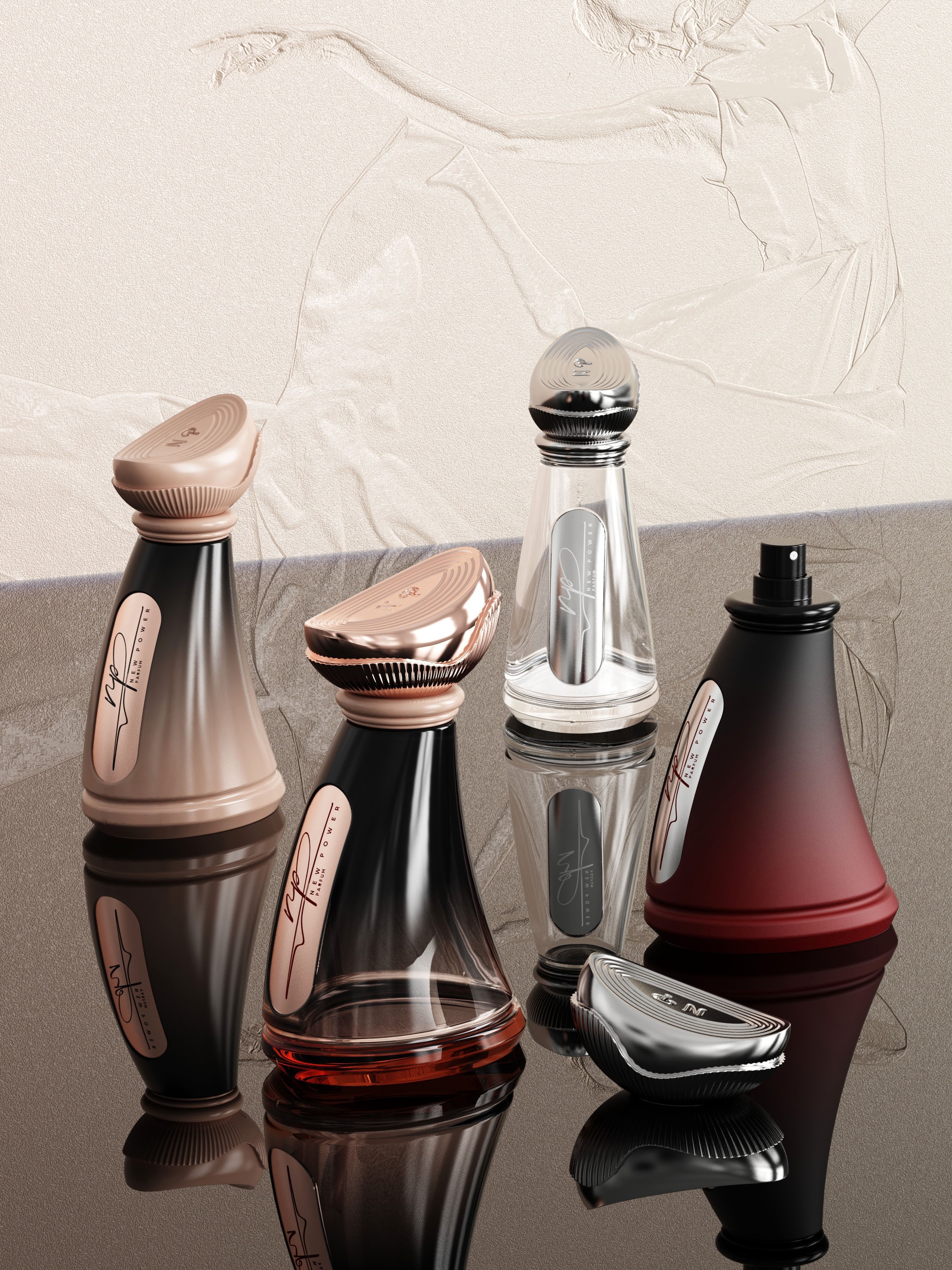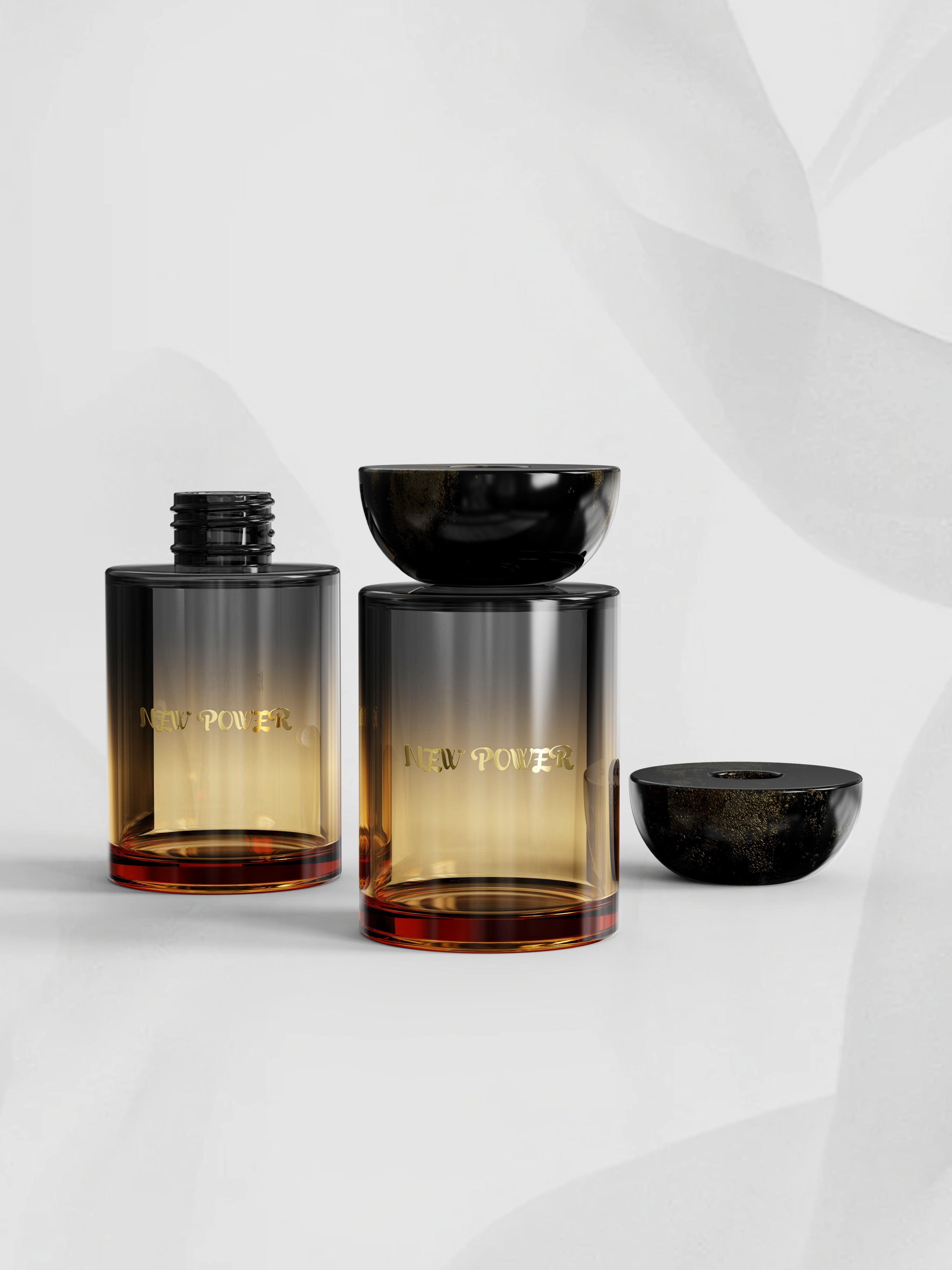The Dual Dimensions of Perfume: Molecular Structure and Cultural Coding
Time:
2025-06-11
The Dual Dimensions of Perfume: Molecular Structure and Cultural Coding
I. The Molecular Poetics of Olfactory Science
The modern perfume industry relies on gas chromatography-mass spectrometry (GC-MS) technology to analyse over 3,000 aromatic molecules. The concentration of β-Damascenone (C13H18O) in rose-scented perfumes must be controlled to 0.01% to mimic the natural floral aroma, a level of precision that validates Nobel Prize in Physiology or Medicine laureate Linda Buck's ‘combination coding theory of olfactory receptors.’ Perfumers at the French ISIPCA Academy must master the volatility patterns of the ‘fragrance pyramid’: citrus notes (evaporating within 15 minutes) serve as the top notes, while sandalwood (lasting for 8 hours) forms the base, creating a temporal and spatial art form.
II. The Social Semantics of Odour
Religious Rituals: The ancient Egyptian ‘Book of the Dead’ records the kyphi sacred incense, which contains 16 herbs. The benzyl benzoate produced by its combustion has hallucinogenic effects, creating a channel for communication between humans and gods.
Symbols of Power: Louis XIV's ‘daily perfume bath’ was actually to mask the putrid amine odours from the excrement at Versailles Palace, with musk concentration serving as a class filter.
Gender Deconstruction: In 1921, Chanel No. 5 introduced the aldehyde C-12 MNA into women's perfume for the first time, breaking the monopoly of floral scents. Its sharp metallic sensation foreshadowed the awakening of feminism.
III. Sustainability Dilemmas and Biotechnological Innovation
The accumulation of synthetic musk (galaxolide) in wastewater treatment plants has caused estrogenic effects in freshwater ecosystems. German company Symrise has developed a CRISPR-edited yeast strain capable of biosynthesising 2-(2-phenylethyl) ketone compounds from endangered agarwood (Aquilaria), making ethical consumption possible. By 2024, new EU regulations will require perfume bottles to include carbon footprint labels with traceability data for isoprene supply chains.
Conclusion: The Archaeology of Future Scents
When NASA equipped its Mars rover with a scent memory chip, perfume transcended aesthetic boundaries to become a biochemical time capsule of human civilisation. The ancient profession of perfumery is being redefined at the intersection of molecular biology and artificial intelligence, establishing a new paradigm of ‘scent democratisation.’





